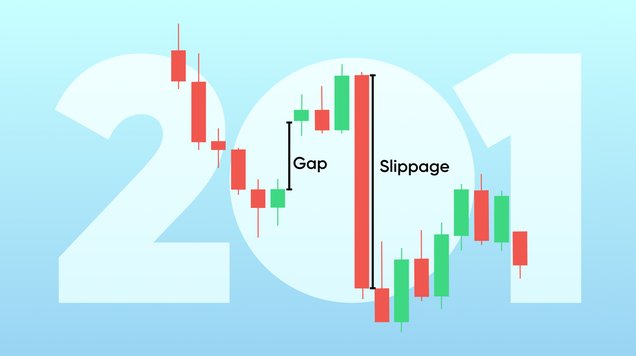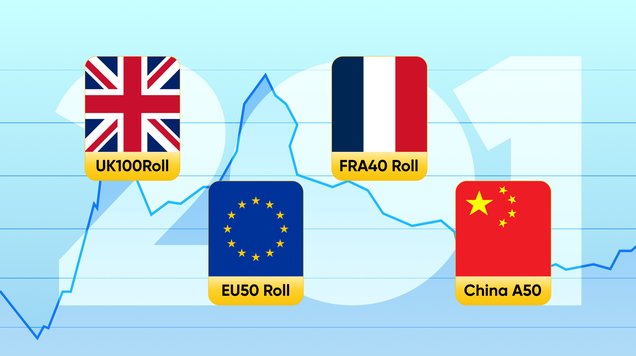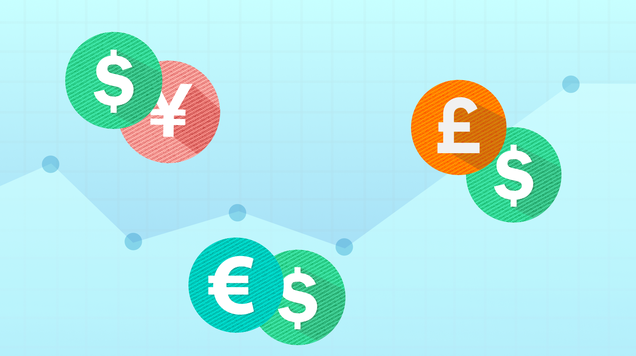Market sectors
Read our guide to market sectors and learn how to use sector analysis to identify opportunities in different markets.

Market sectors are distinct segments of the economy that group companies with similar business activities, such as technology, healthcare and financial services.
Sector analysis is a crucial tool for investors, helping them identify trends, risks, and opportunities within specific sectors. It enables a targeted and strategic investment approach.
Understanding sector dynamics allows traders to diversify effectively and mitigate risks associated with economic downturns.
Shifting investments among sectors based on economic conditions enhances portfolio resilience and capitalises on emerging opportunities.
What are market sectors?
Market sectors refer to segments of the economy that gather groups of companies operating in similar industries - such as technology, financials, health and energy. These sectors are used to categorise and classify companies based on the nature of their business activities.
These are vital lenses through which we observe and understand the diverse industries shaping economies. Investors, analysts, and policymakers often use market sectors to assess sections of an economy’s performance and potential.
For investors and analysts, these sectors also provide a framework to understand how different industries are performing relative to each other. They serve as a basis for constructing diversified investment portfolios, as companies within the same sector often face similar economic conditions and challenges.
Understanding market sectors and their cyclical rotations over time provides investors with the tools to identify opportunities. During periods of economic growth, certain sectors like technology may thrive; while in more challenging times, sectors like utilities may outperform. By employing a blend of technical, quantitative and fundamental analysis, traders are able to collect more data and information to establish correlations and define trends which can help find the best times and price levels to open and close trades.
Key industries and their dominant players
Next, we’ll introduce the key market sectors and the dominant companies in those sectors.
It's important to note that classification systems may vary, and some sectors may be further divided into sub-sectors for more detailed analysis.
Technology: Companies involved in the development and production of technology-related products and services; such as software, hardware, and internet-based services. Tech giants like Apple, Nvidia and Microsoft dominate this space, but it also includes a wider range of companies. The NASDAQ 100 is a tradable index that groups 100 top tech companies from the US.
Healthcare: This sector includes companies involved in healthcare services, pharmaceuticals, biotechnology, and medical equipment. Companies range from pharmaceutical giants like Pfizer, Johnson & Johnson, and Merck & Co to innovative biotech firms. The sector plays a pivotal role in societal well-being, making it a focal point for investors.
Financial services: This sector encompasses banks, insurance companies, investment firms, and other financial institutions. Firms such as JPMorgan Chase, a cornerstone of financial stability and growth, are considered a stalwart of the financial sector. Other major companies include banks like Goldman Sachs, Bank of America, and Credit Suisse.
Consumer discretionary: Companies that provide non-essential goods and services, such as retail, entertainment, and leisure. This includes global giants in shopping and streaming services such as Amazon, Netflix and Disney.
Consumer staples: Includes companies that produce and sell essential products like food, beverages, household goods, and personal care items. F&B giants like Procter & Gamble and Coca-Cola characterise the consumer staples sector, often considered a defensive play in volatile markets.
Energy: Companies involved in the exploration, production, and distribution of energy resources, including oil, gas, and renewable energy. Major players in this sector include ExxonMobil and NextEra Energy.
Industrials: Encompasses companies involved in manufacturing, construction, aerospace, defence, and other industrial activities, such as Boeing and Caterpillar.
Materials: Companies engaged in the extraction, processing, and distribution of raw materials, including metals, chemicals, and forestry products, such as the Dow Inc. (formerly known as DowDuPont) and Rio Tinto.
Utilities: Includes companies that provide essential services such as electricity, water, and gas, like Duke Energy and National Grid that offer stability and consistent dividends.
Real estate: Encompasses companies involved in the development, ownership, and management of real estate properties.
Telecommunications: Companies providing communication services, including telecommunication carriers and related infrastructure. Vodafone Group Plc and Orange S.A. are examples of significant telecommunications companies.
Introduction to market sector analysis
Market sector analysis refers to analysing different sectors of financial markets, such as the sector introduction previously introduced in this article. Traders should consider economic indicators, sector performance, and factors like technological advancements and changes in regulation as part of their market analysis.
Investors can identify emerging trends and make informed trading decisions by monitoring sector performance. For example, the rise of electric vehicles is driving growth in the technology and materials sectors. Also analysing sector-specific economic indicators, such as housing data for real estate, provides insights into future trends in that market.
By evaluating specific sectors, investors can identify trends, risks, and opportunities that may not be apparent when looking at the market as a whole. This approach allows for a more targeted and strategic investment strategy, as economic conditions and challenges often affect companies within the same sector in similar ways. For example, during economic downturns, consumer discretionary stocks may be more vulnerable than consumer staples.
Here are some examples of sector analysis:
Technology boom: The surge in technology stocks in recent years, led by companies like Tesla and Apple, and OpenAI highlights the impact of sector analysis in identifying trends that transcend individual company performance.
Healthcare innovations: The biotech revolution, with companies like Moderna and Pfizer, underscores how sector analysis can unveil ground-breaking advancements with broader implications for the industry.
Renewable energy transition: The shift toward renewable energy, evident in the success of companies like Tesla and NextEra Energy, demonstrates the power of sector analysis in capturing evolving market trends.









